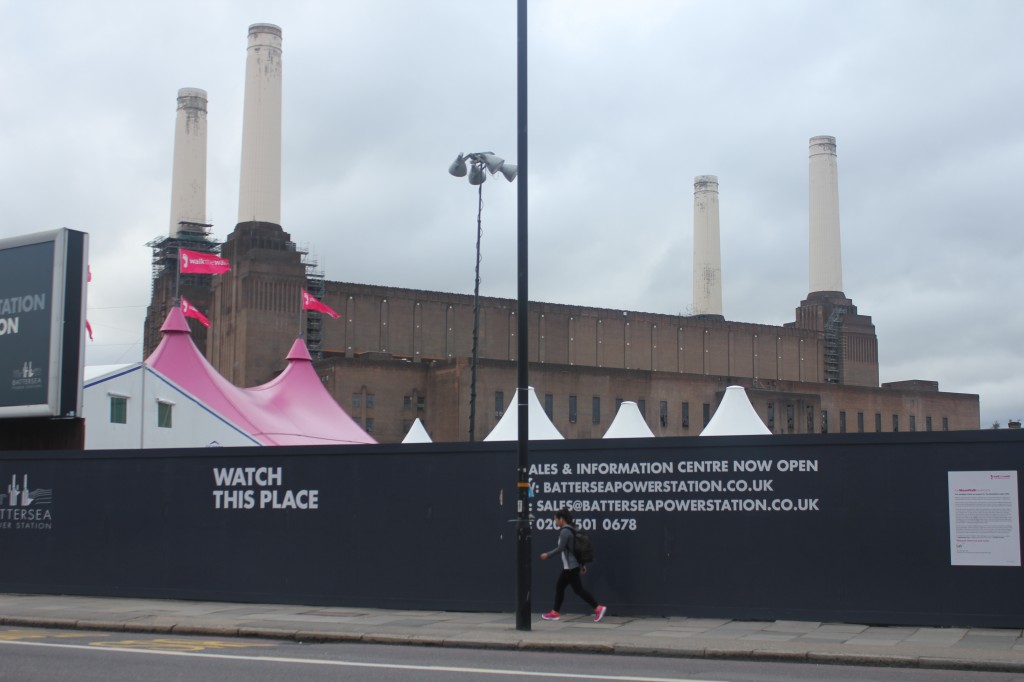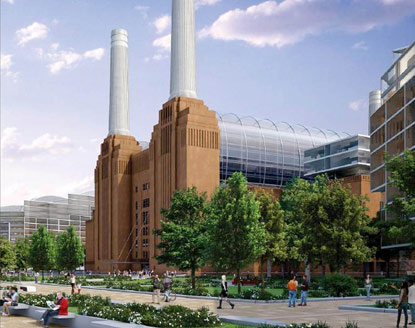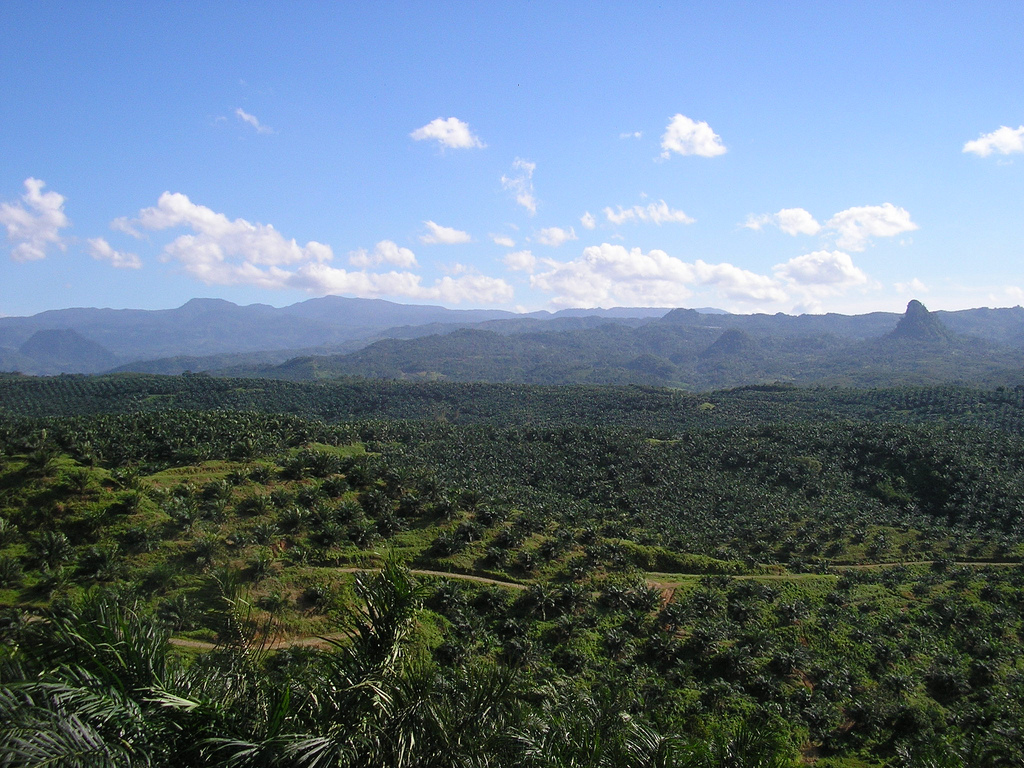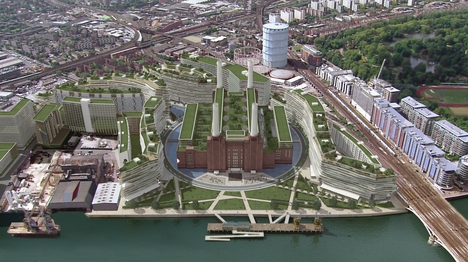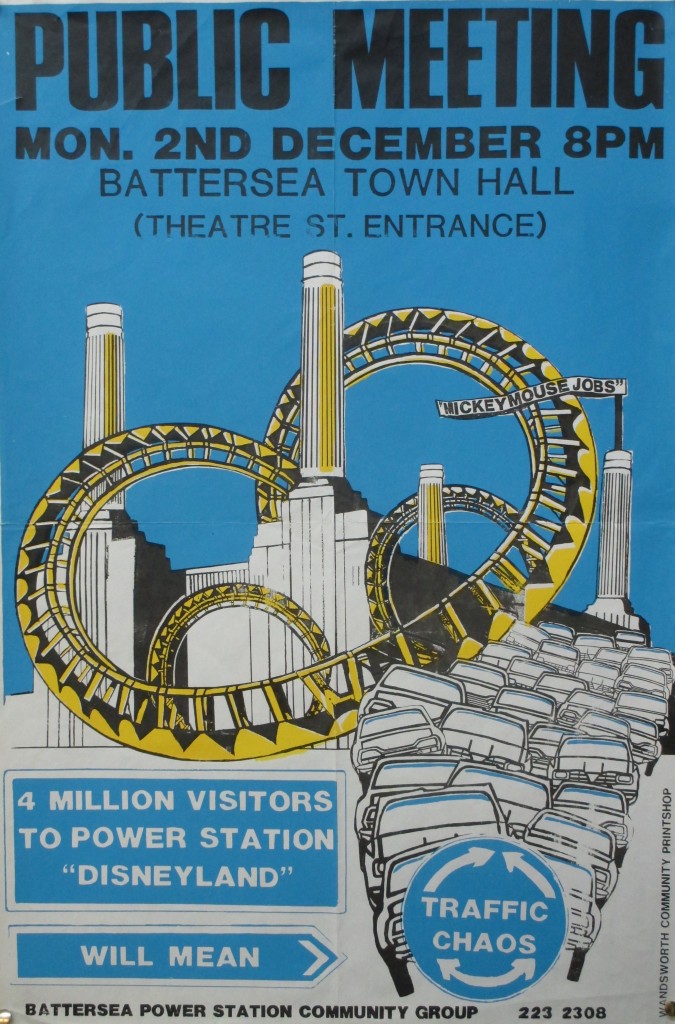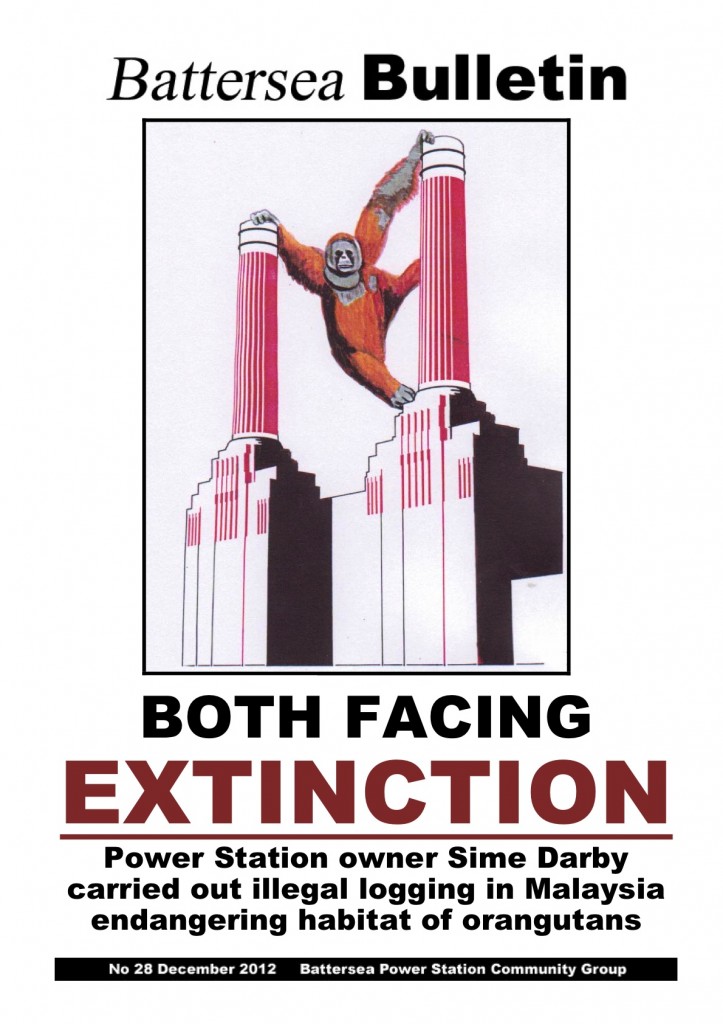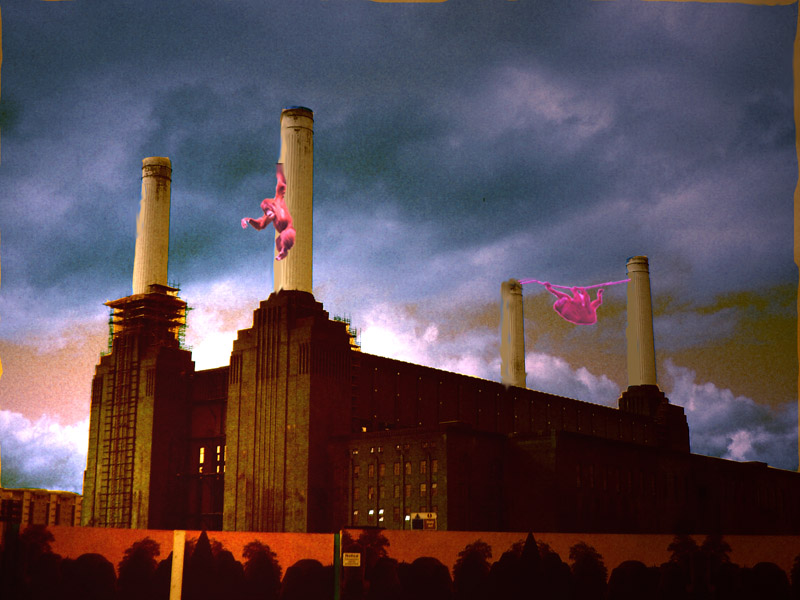There is a growing worry about the survival of the chimneys on Battersea Power Station. While expert opinion says they could be repaired the developers insist they have to be demolished and replaced with replicas. To avoid a repeat of the roof situation – ( see Demolition by Stealth) where Bloom, a previous owner, took the roof off and then claimed he could not afford to replace it- planning permission was only given to demolish and rebuild the chimneys one by one, but now it seems like it is going to be a different story.
South London Press wrote an article in their newspaper this week about the fact that Battersea Power Station Development Company (BPSDC) are pushing towards knocking all the chimneys down at once. This action is something that English Heritage has warned about, since it might result in the chimneys never being rebuilt. Now on the other hand are Battersea Power Station Development Company, English Heritage and Wandsworth council in discussion about removing the clause in the building contract that requires the chimneys being removed and rebuilt one by one. English Heritage have not been able to reassure Battersea Power Station Community Group that they are not willing to change their view on the demolition of the chimneys.
Battersea Power Station Development Company was claiming in an exhibition last week that replacing the chimneys one by one would be too time consuming and would delay the rebuilding and restoration of the power station.
Wandsworth council claims that Battersea Power Station Development Company are examining different ways to rebuild the chimneys, but if there would be a change in the rebuilding strategy, it would have to be approved from the council in consultation with English Heritage.
Is there still not a risk that the chimneys will not be rebuilt if they are taken down all at once? Since it is cheaper, and possible, to repair them rather then to replace them, why would a company who are driven by profit decide to do something that is more expensive? Is it not proof enough to suspect that if the chimneys are gone all at once, there will be a great risk that they are never rebuilt, and rendered historically worthless the power station will be demolished as well.
Click Battersea Power Station for more blogs
See our Battersea Power Station project pages for more information and videos.
Or visit PlanA our general blog on urbanism, planning and architecture.
Spectacle homepage
Like Spectacle Documentaries on Facebook
Follow SpectacleMedia on Twitter

